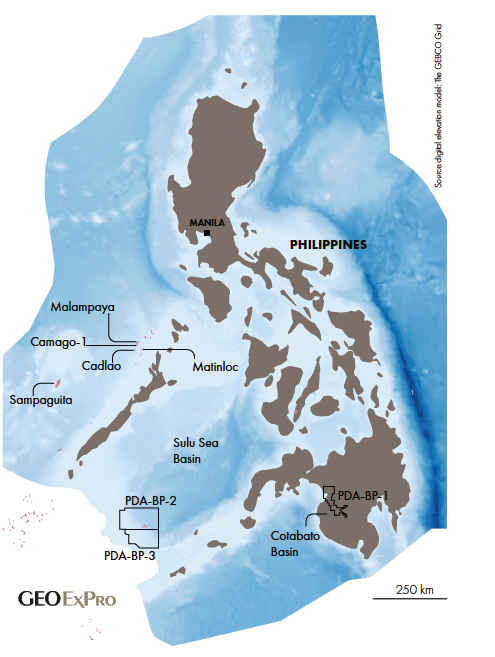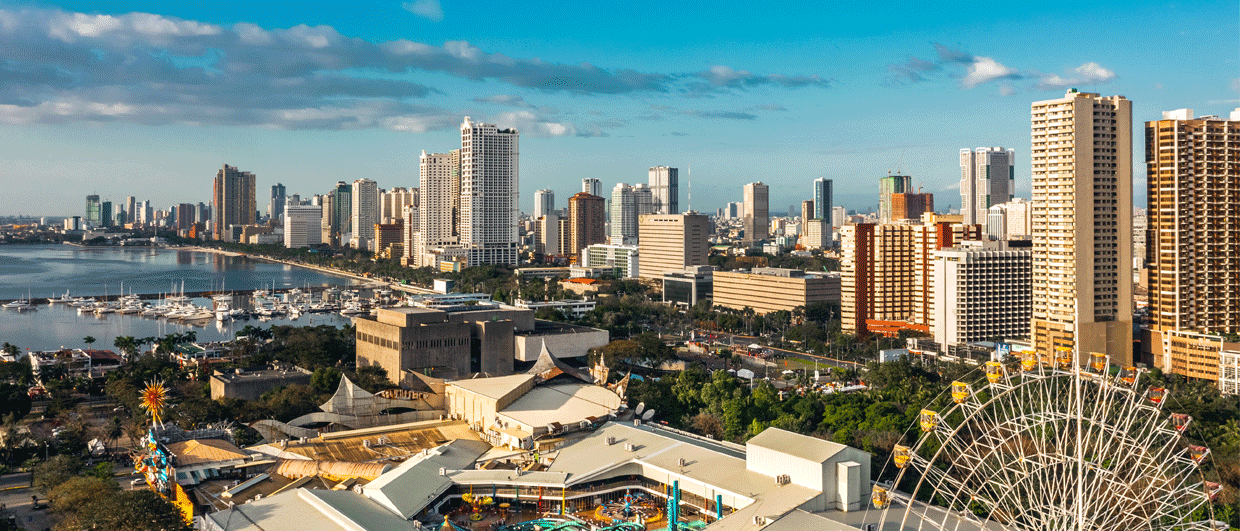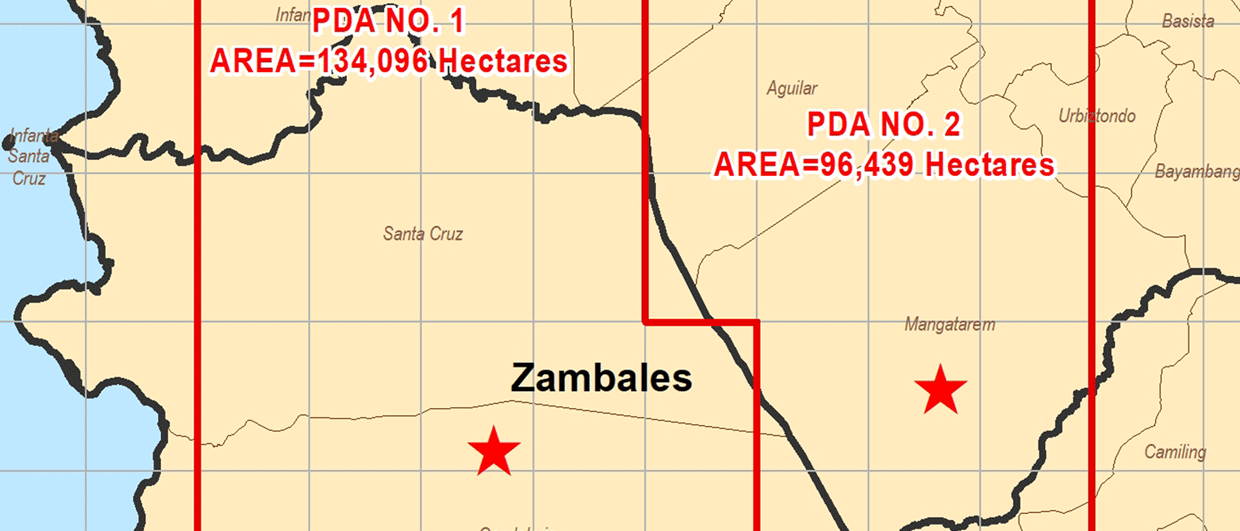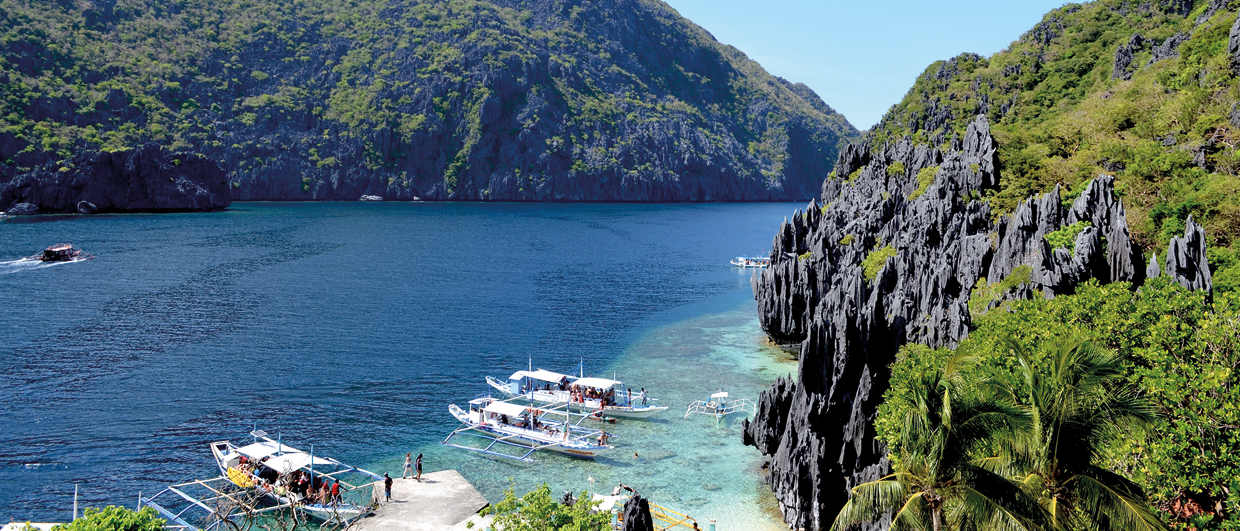Following World War II, a number of US-companies drilled onshore but never found anything commercial despite the presence of surface seeps. Fortunes changed in the 1970s with Cities Service making a number of small oil discoveries around Matinloc, and Amoco at Cadlao.
 In 1989, Occidental (“Oxy”), who had taken over Cities as part of a global deal, made the Camago-1 gas and light oil discovery in 736 m of water. However, like other US-companies at the time, Oxy was a little cold on Asian gas and farmed out 50 % to Shell who were more positive about gas. Shell then drilled a successful well on a separate reef to the north of Camago designated Malampaya and further drilling proved this to be part of the same structure. What collectively became known as the Malampaya field had proven reserves of 2.7 tcfg and 85 million barrels of condensate. Production from what is considered to be the world’s first deepwater gas development started in 2002.
In 1989, Occidental (“Oxy”), who had taken over Cities as part of a global deal, made the Camago-1 gas and light oil discovery in 736 m of water. However, like other US-companies at the time, Oxy was a little cold on Asian gas and farmed out 50 % to Shell who were more positive about gas. Shell then drilled a successful well on a separate reef to the north of Camago designated Malampaya and further drilling proved this to be part of the same structure. What collectively became known as the Malampaya field had proven reserves of 2.7 tcfg and 85 million barrels of condensate. Production from what is considered to be the world’s first deepwater gas development started in 2002.
Prime Energy now operates the field where plans include drilling the Camago and Malampaya East production wells, along with the drilling of the Bagong Pagasa-1 exploration well. A 60 m oil rim in Camago-Malampaya was never developed and is now part of a separate contract with reserves estimated at 30 million barrels.
Despite a flurry of discoveries made in the early 1990s, nothing matched the size of Camago-Malampaya. One should expect more discoveries to be recorded in the 50 to 200 million barrels of oil equivalent range. Where are they?
West of Palwan, on the Reed Bank in the West Philippine Sea, the Sampaguita gas discovery deserves attention. Sampaguita-1 was drilled in 1976 by Salen Oil and encountered gas in Late Paleocene sandstones. Sampaguita, in some 80 m of water, is now operated by PXP Energy subsidiary Forum Energy. PGS had previously estimated gas in place to be approximately 2.7 tcfg and additional prospects and a deeper Cretaceous play offer running room. However, the licence has been under force majeure since 2014 due to the maritime dispute.
In the recent joint 1st Bangsamoro Autonomous Region in Muslim Mindanao (BARMM) Conventional Energy Bid Round and the 2024 Philippine Bid Round the Department of Energy (DOE) announced that they received applications for PDA-BP-1 (Cotabato Basin), PDA-BP-2 and PDA-BP-3 (both in the Sulu Sea Basin). Triangle Energy teamed up with PXP Energy, Sunda Energy and Philodrill for the two applications. The acreage was previously drilled by ExxonMobil and three deep-water gas discoveries were made in Late Miocene turbidites. Significant upside remains in the play, which is analogous to the Kutei Basin to the south in Indonesia and the NW Sabah Basin in Malaysia.



